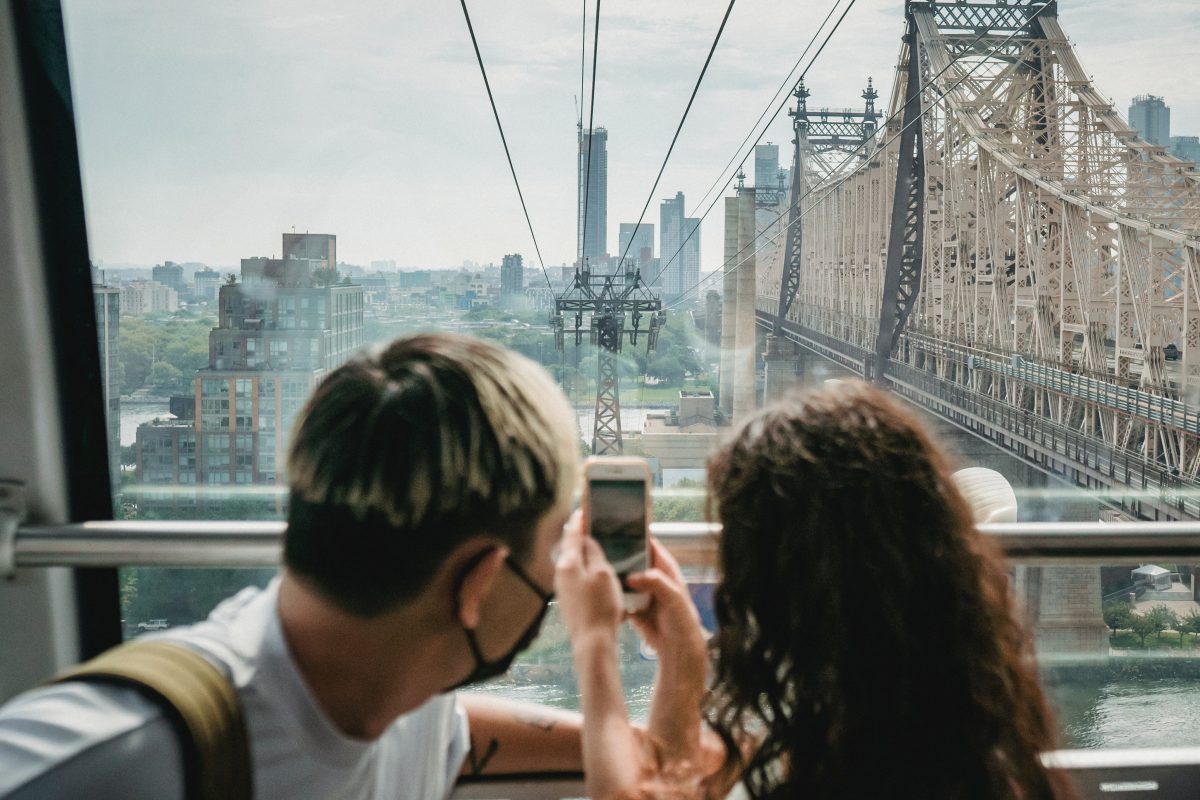Futures of urban greenspace
During the pandemic many people discovered nearby greenspace. For this reason, I will reflect on possible improvements of urban greenspace and how it could contribute to quality of life for all. After all, achieving a decent quality of life for all – including non-human animals – is important to make planet earth a healthy, thriving place again.
Benefits of urban greenspace
Being in a green environment and having contact with nature reduces stress and mental fatigue. By tuning into nature, listening to the birds, observing wildlife, or gazing at the sunset, we give attention to something else than work, education, or personal issues. This helps us rest, reflect, rewind, relax and restore ourselves.
Wildlife: a hidden treasure of green places in urbanised societies?
For my PhD research, I investigated the importance of wildlife in people’s bond with green places. To my surprise, I found that encounters with ordinary wildlife near home was far more important in bonding with nature, than special or once-in-a-lifetime experiences with iconic wildlife in large protected areas. Another interesting result was that birds seemed to play the most prominent, yet undervalued role in place attachment. Daily walks in urban greenspace, and for instance observing or listening to daily or seasonal routines of birds, can give us a sense of comfort, a feeling of belonging to a place, and the feeling of being part of something bigger than ourselves.
Stimulation of outdoor recreation
Urban greenspace is not only important for our mental health, it is also important to society at large as it stimulates outdoor recreation, bringing a degree of balance to spirit, mind, and body. Attractive and high quality greenspace can invite people to jog, cycle, canoe, sup, or be otherwise engaged in outdoor recreation. This helps fight inactive lifestyles and overweight of urban residents. Having accessible green near home is therefore important for the health and well-being of urban residents: it makes “nature’s cure” accessible to all.
Distance between people and nature is increasing
However, not everyone has (sufficient) access to nearby attractive green. There is no environmental justice in the world we live in today. At this moment more than 50% of the world’s population is living in cities. It is expected that by 2030, this will be around 60% of the world’s population. There will be more urban sprawls, more suburbs, and if we do not plan for it, less accessible green. Due to these urbanisation processes, the distance between people and nature is increasing, and more and more people will have mental and health problems. This is worrying as nearby green has many benefits to humans.
How could we plan for urban greenspace in a way that it is beneficial for all? In my follow-up blog I reveal four answers to this question. This can help regions, cities or villages to make future-proof recreational & nature network plans.
1 å




